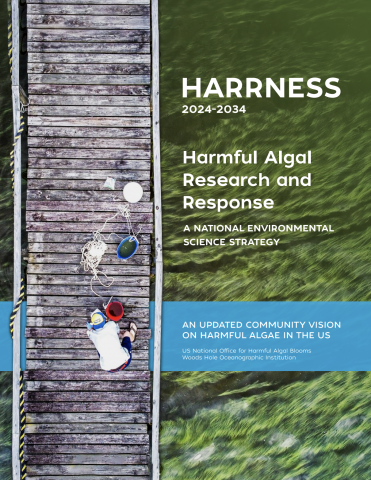The University of Louisiana at Lafayette has taken its place in the top level of the nation’s research institutions
DR. BETH STAUFFER IN BIOLOGY HELPS CRAFT NATIONAL ALGAL RESEARCH AND RESPONSE PLAN
Fri, 08/09/2024 - 9:58am Dr. Beth Stauffer, associate professor of biology at the University of Louisiana at Lafayette, helped craft a national science strategy outlining a decade-long roadmap to enhance understanding, monitoring and management of harmful algae blooms, or HAB. These blooms cause severe threats to human health, economies, and marine and freshwater ecosystems on all coasts of the United States and its inland waters.
Dr. Beth Stauffer, associate professor of biology at the University of Louisiana at Lafayette, helped craft a national science strategy outlining a decade-long roadmap to enhance understanding, monitoring and management of harmful algae blooms, or HAB. These blooms cause severe threats to human health, economies, and marine and freshwater ecosystems on all coasts of the United States and its inland waters.
“HARRNESS 2024-2034: Harmful Algal Research and Response, A National Environmental Science Strategy” was released in July by the U.S. National Office for Harmful Algal Blooms at the Woods Hole Oceanographic Institution in Massachusetts.
Stauffer served on the steering committee and worked on the scientific steering/writing committee for the study’s opening chapter. She worked alongside colleagues from the U.S. Geological Survey, the National Oceanic and Atmospheric Administration and the University of California Santa Cruz.
“It’s notable that the original HARRNESS document was a plan for 2005-2015, but there was not really anything from 2015 onward, despite this being an important decade in HAB research,” Stauffer said. “The new HARRNESS document sets the stage and helps direct investments in funding and innovation at federal and state levels.”
The science strategy is structured around four main themes: HAB observing systems and modeling; HAB detection and ecological impacts; HAB management; and the human dimensions of HABs, including socioeconomics and education. Each theme covers the current scientific and technological landscape, identifies remaining knowledge gaps, and offers future recommendations to advance research, monitoring and management of HABs, according to a Woods Hole press release.
The science strategy was created by a 26-member Scientific Steering Committee, with additional input from 35 contributors and reviewers from academia, federal and state agencies, institutions, industry, the non-profit sector, consulting firms and tribal organizations.
“This science strategy, prepared by a long list of scientists, managers and stakeholders, provides an updated picture of the magnitude of the HAB issues in U.S waters and offers wide-ranging recommendations on next steps to increase the effectiveness of efforts to minimize HABs impacts on human health, the environment, and our economy,” said Don Anderson, director of the U.S. National Office for Harmful Algal Blooms and a senior scientist in biology at Woods Hole.
